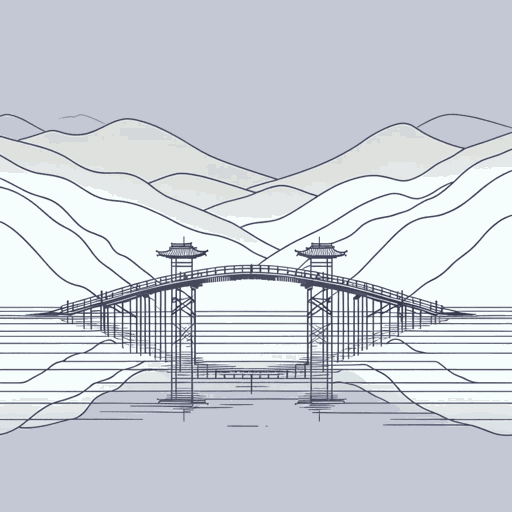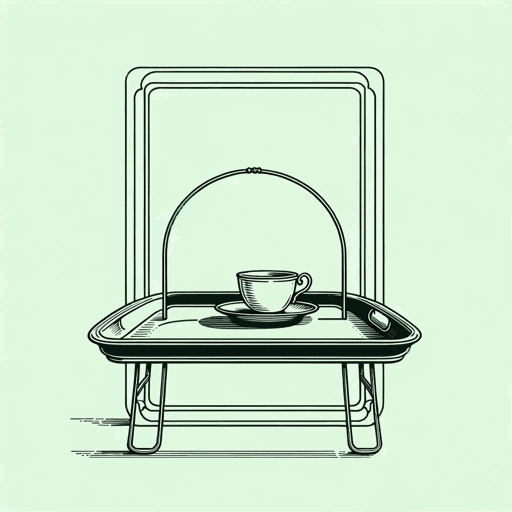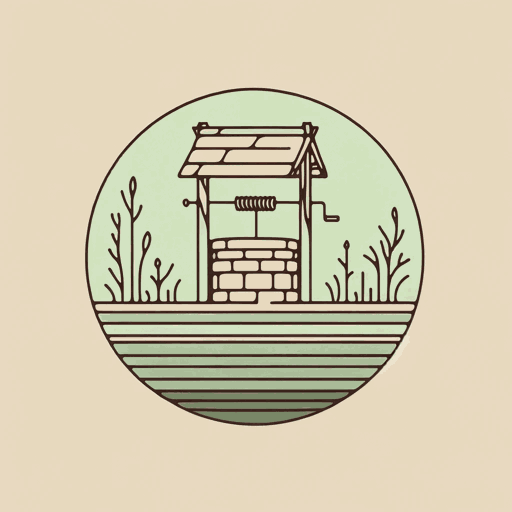60 pages • 2 hours read
Kazuo IshiguroA Family Supper
Fiction | Short Story | YA | Published in 1983A modern alternative to SparkNotes and CliffsNotes, SuperSummary offers high-quality Study Guides with detailed chapter summaries and analysis of major themes, characters, and more. For select classroom titles, we also provide Teaching Guides with discussion and quiz questions to prompt student engagement.
Literary Devices
Repetition
Authors use the literary device of repetition to emphasize a point or clarify an idea. By intentionally using a word or phrase repeatedly throughout a written work, the author can draw the reader’s attention to a chosen scene and make moments in the text more memorable. Authors can use repetition in the same sentence, or they can extend and use it over the course of a single work.
Ishiguro uses repetition when the narrator echoes his father and insists that he, the narrator, “didn’t leave behind much. Just some empty rooms” in California (7). Ishiguro had used the imagery of empty rooms previously when Father showed the narrator around the large house. By drawing the reader’s attention to this moment, Ishiguro highlights the similarities between the narrator and his father. Another example of repetition is when the narrator sees the old woman ghost and says: “I couldn’t see very well. It was dark” (5). Later, when he fails to recognize his mother in a photograph, he repeats: “You see, it’s dark. I can’t see it very well” (7). The repetition draws the reader’s attention to the narrator’s inability to recognize his mother, the doppelganger of his mother’s ghost, and the looming darkness that appears to prevent the narrator from seeing anything clearly.
Related Titles
By Kazuo Ishiguro

An Artist of the Floating World
Kazuo Ishiguro

A Pale View of Hills
Kazuo Ishiguro

Klara and the Sun
Kazuo Ishiguro

Never Let Me Go
Kazuo Ishiguro

The Buried Giant
Kazuo Ishiguro

The Remains of the Day
Kazuo Ishiguro

The Unconsoled
Kazuo Ishiguro

When We Were Orphans
Kazuo Ishiguro

